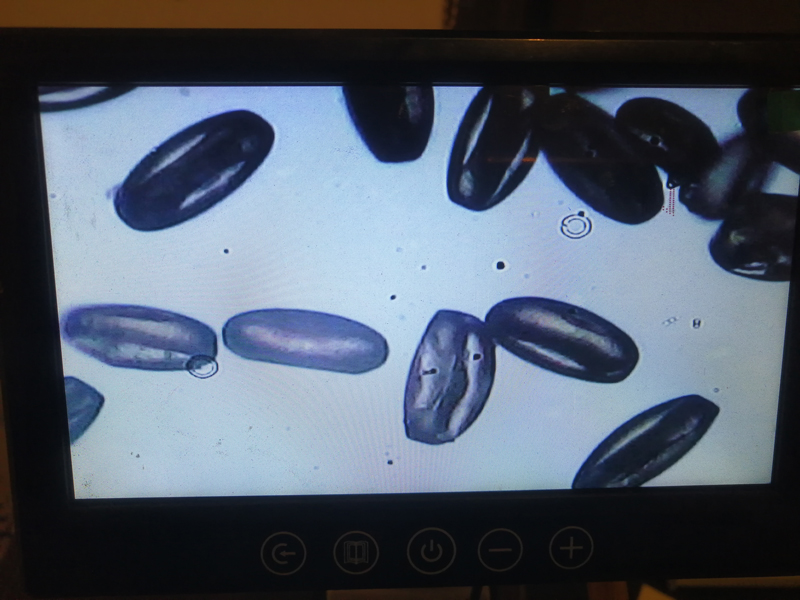Aug . 14, 2024 11:55 Back to list
Enhancing Pear Tree Quality Through Effective Pollination Techniques and Practices for Optimal Growth
The Famous Pollination of Pear Trees A Path to Improved Fruit Quality
Pollination plays a crucial role in the reproductive cycle of flowering plants, and this is especially true for pear trees (Pyrus spp.). As vital as it is to the ecology and agriculture, the process of pollination involves the transfer of pollen from the male structure of a flower to the female structure, enabling fertilization and the production of fruit. In the pursuit of improved quality of pears, understanding and enhancing the pollination process can make a significant difference.
Pear trees are primarily self-incompatible, which means they require pollen from a different variety to produce fruit. This characteristic opens up a world of opportunities to enhance the quality of pears through strategic pollination practices. The selection of the right pollinators, including various species of bees, plays a pivotal role. Honeybees, for instance, are highly effective pollinators for pear trees, contributing to higher fruit set, size, and overall quality. Their foraging habits, coupled with their incredible ability to navigate, ensure that they successfully transfer pollen between different pear varieties.
To optimize pollination, it is essential to plant compatible pear varieties in proximity. This not only increases the chances of effective cross-pollination but also extends the blooming period, providing a longer window for pollinators to do their job. For instance, pairing early-blooming varieties with mid or late-blooming ones can create a continuous flow of flowers, thereby attracting pollinators through different stages of the growing season. This strategic planting contributes not just to the quantity but also the quality of the fruit produced.
Moreover, while honeybees are prominent pollinators, introducing other pollinators such as bumblebees and mason bees can further enhance the pollination process. These bees have varying foraging behaviors and can effectively pollinate flowers that are more challenging for honeybees to access. Their presence can improve fertilization rates and lead to the development of more robust fruit with better flavor profiles and texture.
famous pollination of pear trees to improve quality

Environmental conditions also play a significant role in the success of pollination. Ideally, pear trees require optimal temperatures and stable weather during their flowering period. Abnormal weather conditions, such as frost or excessive rain, can severely impact pollination efficiency. Therefore, managing the orchard environment is essential. Implementing practices such as the use of windbreaks can protect flowers from harsh weather, ensuring that pollinators can operate effectively.
Furthermore, educating orchardists about organic practices can lead to healthier ecosystems that support pollinators. The use of pesticides can be detrimental to bees and other beneficial insects. By promoting organic farming methods that maintain the population of pollinators, pear growers can ensure successful pollination and subsequently, improved fruit quality.
Finally, technology is gradually playing a role in enhancing pollination strategies. With advances in precision agriculture, farmers can monitor their orchards using drones and sensors to understand flowering patterns and pollinator activity better. This data allows for informed decisions about when to introduce additional pollinators or alter practices to improve flowering success and fruit quality.
In conclusion, the famous pollination of pear trees is a multi-faceted process that significantly influences the quality of pears. By adopting appropriate pollination strategies, selecting compatible varieties, managing environmental conditions, and promoting a healthy ecosystem for pollinators, pear growers can dramatically improve the quality of their fruit. As consumers become more discerning regarding the flavor, texture, and overall quality of produce, the emphasis on effective pollination in pear cultivation will only grow, ensuring that this delightful fruit continues to be cherished worldwide.
-
High-Quality Oak Pollen for Allergy Research & Testing – Reliable Oak Tree & Live Oak Pollen Supplier
NewsJul.08,2025
-
Premium Pear Pollen for Pollination in Orchards in Taiwan – Reliable Factories, Manufacturers & Suppliers
NewsJul.08,2025
-
Premium Pollen Producer & Apricot Pollen Suppliers High-Quality Apricot Pollen Factories
NewsJul.07,2025
-
Premium Juniper Tree Pollen for Fruit Tree Varieties – Quality Assured by Leading Plum Pollen Manufacturers
NewsJul.07,2025
-
High Quality Elm Pollen Supplier - Fresh Elm Tree & Apricot Flower Pollen for Sale
NewsJul.07,2025
-
Premium Cherry Pollen for Sale – Fresh Cherry & Avocado Tree Pollen Supplier
NewsJul.06,2025